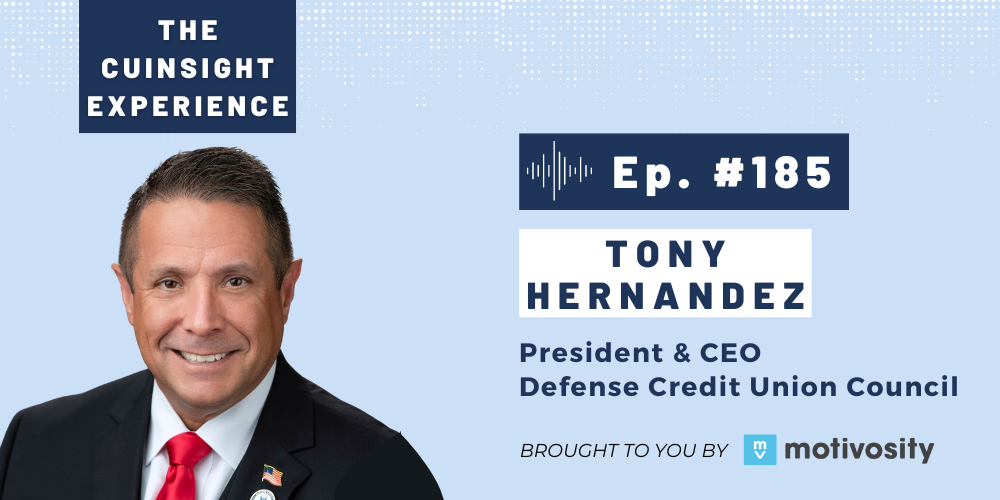Inflation has hit a number of consumers and has subsequently hit your members hard. Credit card debt has increased. Rent has increased. Daycare has increased. Grocery costs have increased. And in a rising rate environment, loan payments have increased. Where does that leave us, and how can we help, being sure not to add to the problem? This article will discuss early warning signs and how to respond.
Many members are not going to come out and directly tell us they are struggling. So, what are the signs we can look for?
- New fintech company personal loans:These are often unknown lenders to your Loan Officers and are typically small to mid-size personal loans.
- Credit cards that carry fees to apply and have annual fees:Some of these cards also charge more than 30 percent interest.
- Extended terms on car loans
- Modifications made to their payback on their installment loans including interest only mortgages or skip a pays on auto loans
- Only paying monthly minimum payments on your credit card
Another sign is what score factor is hitting the credit report. Based on your credit scoring model these scores will include things such as:
- Utilization on bankcards
- Not enough paid down over time on bankcards
- Time since opening most recent revolving account
- Not enough paid down over time on installment loans
- Total debt to high credit too high: Some credit reports will provide this calculation. If yours doesn’t, I highly recommend you compute this manually. This will give you an idea of the paydown percentage on their loans and thus how new the debt is. It will also tell you if the current debt is being added on to or if the credit cards are simply being maintained with minimum payments.
- Utilization on bankcards is high: Some scoring models will separate out bankcards from retail cards. If yours doesn’t, I recommend focusing on utilization on cards where groceries can be charged or “borrowing from Peter to pay Paul” can occur.
- Low amount to live on/discretionary income: With inflation, this may be one of the most critical numbers to assess. Be sure to assess what the net figure is after taxes. What the magic number should be is based on the number of dependents, rent, and car insurance in your respective area.
What are the solutions, and how can we help?
- Run a report on any member that owes you both a signature loan and a credit card. Combine both to lower payments and improve their spendable income. Be sure to lower the credit card limit or in some cases eliminate the card entirely.
- Run a report on members that owe you in excess of $10,000 on a credit card. Are they making only minimum payments? Think about switching the card to a signature loan and lowering the limit on the card if necessary. Also look for equity opportunities to pay off your card and potentially other debt. Most homeowners have seen their home values increase substantially which can give more spendable income.
In a nutshell, consolidate, consolidate, consolidate. Help members lower payments and increase their spendable income. Look at their income increases in the past twenty-four months versus their credit card payments and other payments. Is their income keeping up? Can they weather the storm? Can we weather the storm? In many cases, we can help. If you can’t see the light at the end of the tunnel, play defense. Remember homeowners will fare much better than non-owners during inflation. Rely on a strong interview and good loan decisions.
But most of all, remember to let your members know you are here to help.







